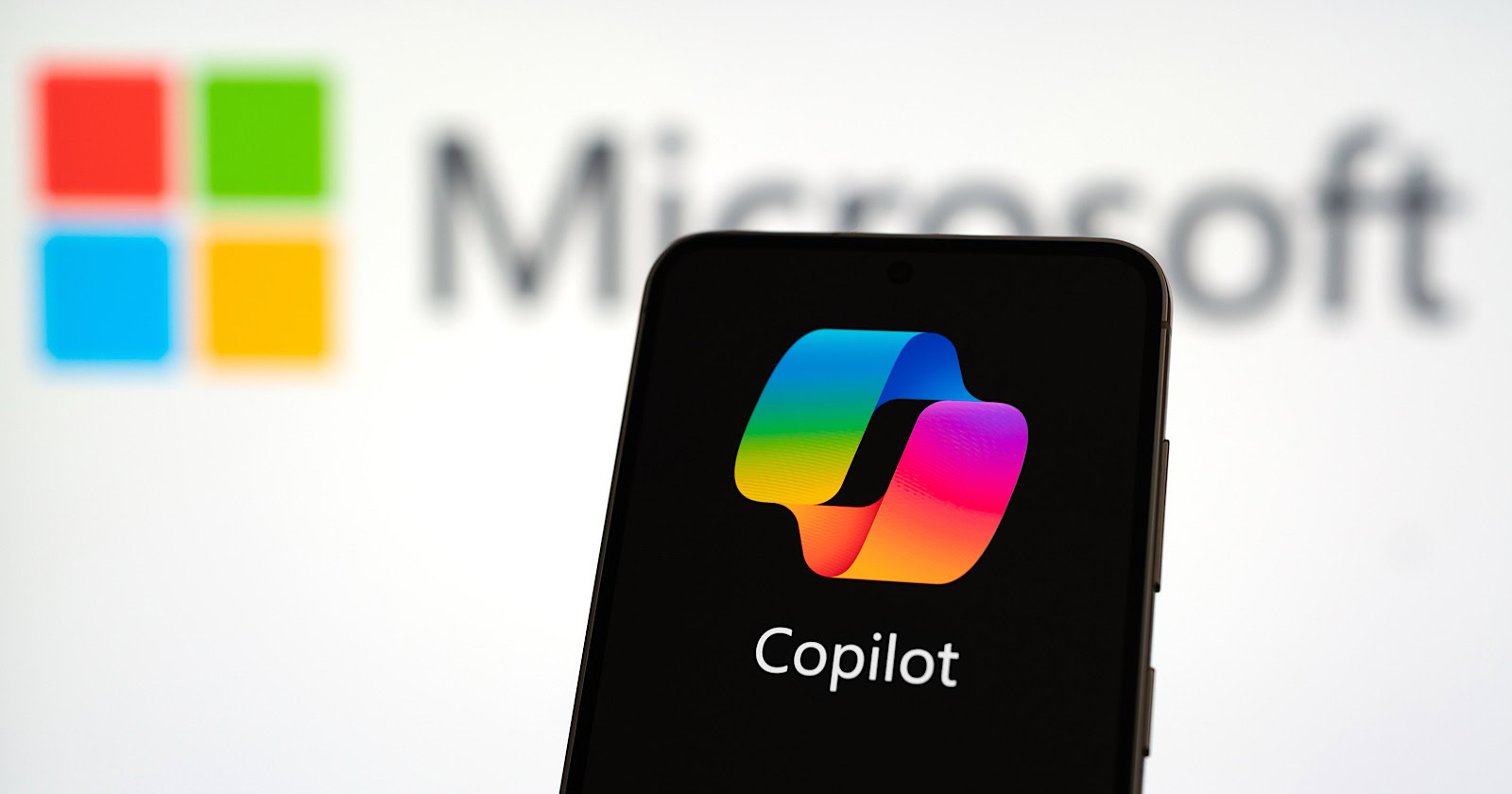Unlock Microsoft’s Secret Formula to Boost Your Content’s AI Search Rankings Instantly
Ever wonder why some pieces of content magically get plucked out of the web to become the star snippets in AI-powered search answers, while others just fade into oblivion? Microsoft’s latest guidance sheds light on this mystery — and spoiler alert: there’s no secret sauce, just tried-and-true structure done right. It turns out, AI doesn’t just want your whole page; it wants bite-sized, crystal-clear nuggets that it can confidently toss into those Bing-powered answer boxes. If you thought SEO was all about ranking links in a list, think again — now, it’s about crafting content that earns a starring role in the answer itself. Intrigued? Let’s dive into the nuts and bolts of how you can tune up your content’s clarity, structure, and “snippability” to play nice with AI systems. LEARN MORE .

Microsoft has shared guidance on structuring content to increase its likelihood of being selected for AI-generated answers across Bing-powered surfaces.
Much of the advice reiterates established SEO and UX practices such as clear titles and headings, structured layout, and appropriate schema.
The new emphasis is on how content is selected for answers. Microsoft stresses there is “no secret sauce” that guarantees selection, but says structure, clarity, and “snippability” improve eligibility.
As Microsoft puts it:
“In traditional search, visibility meant appearing in a ranked list of links. In AI search, ranking still happens, but it’s less about ordering entire pages and more about which pieces of content earn a place in the final answer.”
Key Differences In AI Search
AI assistants break down pages into manageable parts, carefully assessing each for authority and relevance, then craft responses by blending information from multiple sources.
Microsoft says fundamentals such as crawlability, metadata, internal links, and backlinks still matter, but they are the starting point. Selection increasingly depends on how well-structured and clear each section is.
Best Practices Microsoft Recommends
To help improve the chances of AI selecting your content, Microsoft recommends these best practices:
- Align the title, meta description, and H1 to clearly communicate the page purpose.
- Use descriptive H2/H3 headings that each cover one idea per section.
- Write self-contained Q&A blocks and concise paragraphs that can be quoted on their own.
- Use short lists, steps, and comparison tables when they improve clarity (without overusing them).
- Add JSON-LD schema that matches the page type.
What To Avoid
Microsoft recommends avoiding these practices to improve the chances of your content appearing in AI search results:
- Writing long walls of text that blur ideas together.
- Hiding key content in tabs, accordions, or other elements that may not render.
- Relying on PDFs for core information.
- Putting important information only in images without alt text or HTML alternatives.
- Making vague claims without providing specific details.
- Overusing decorative symbols or long punctuation strings; keep punctuation simple.
Why This Matters
The key takeaway is that structure helps selection. When your titles, headings, and schema are aligned, Copilot and other Bing-powered tools can extract a complete idea from your page.
This connects traditional SEO principles to how AI assistants generate responses. For marketers, it’s more of an operational checklist than a new strategy.
Looking Ahead
Microsoft acknowledges there’s no guaranteed way to ensure inclusion in AI responses, but suggests that these practices can make content more accessible for its AI systems.
Featured Image: gguy/Shutterstock














Post Comment